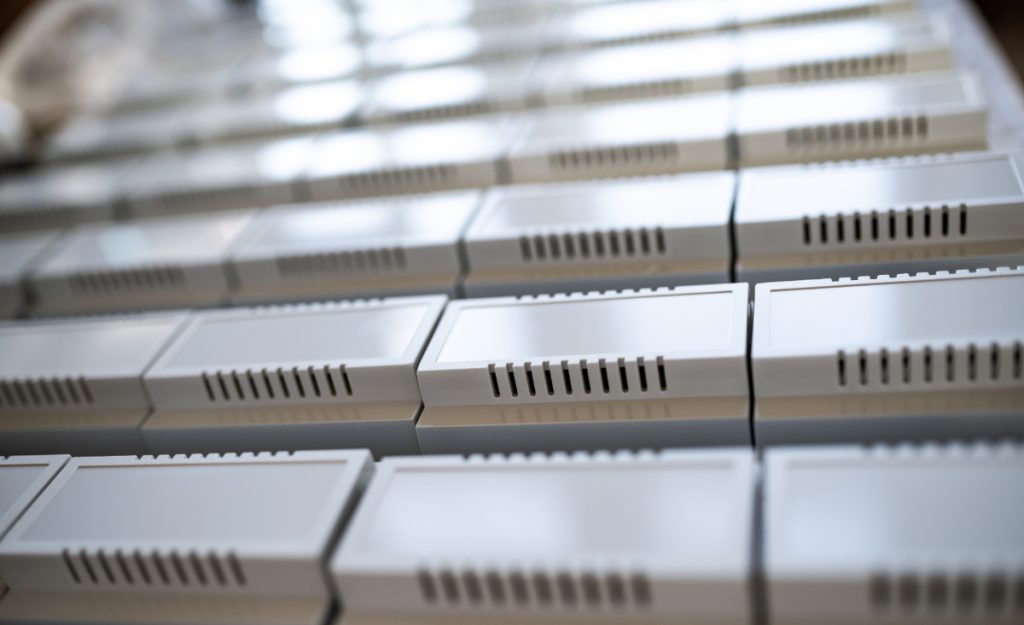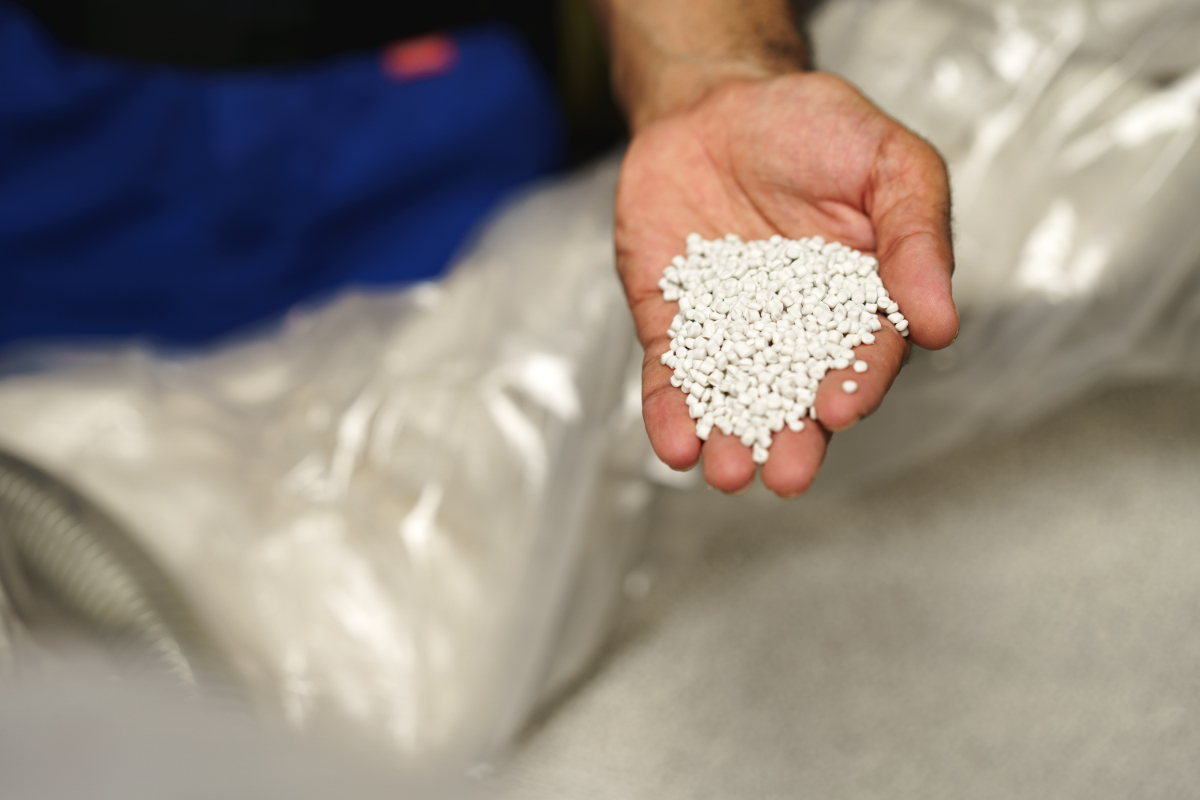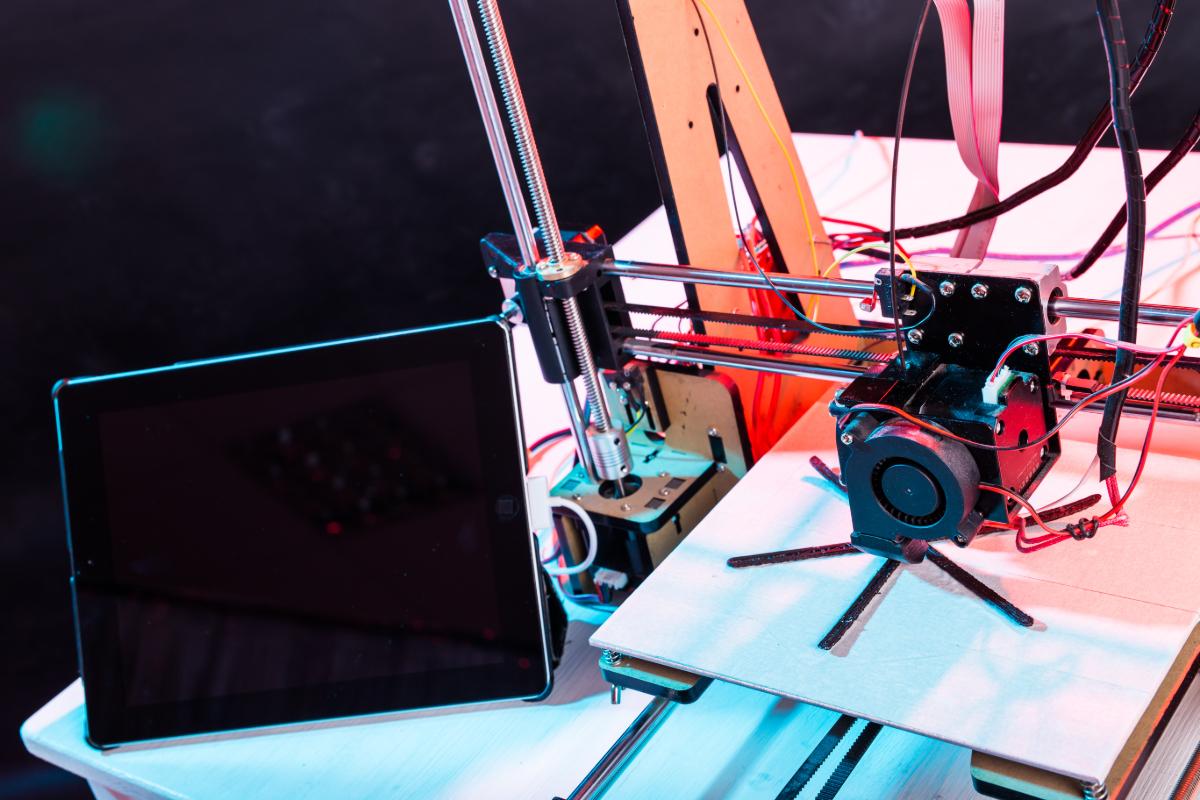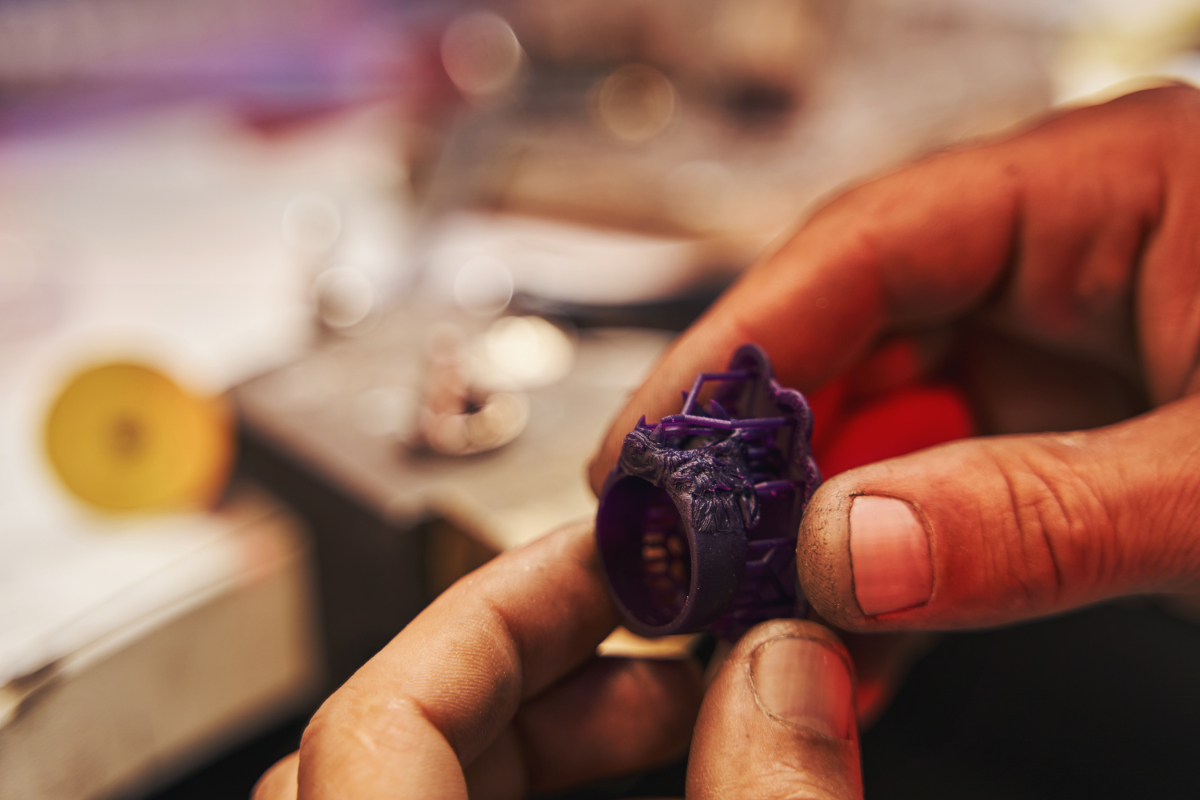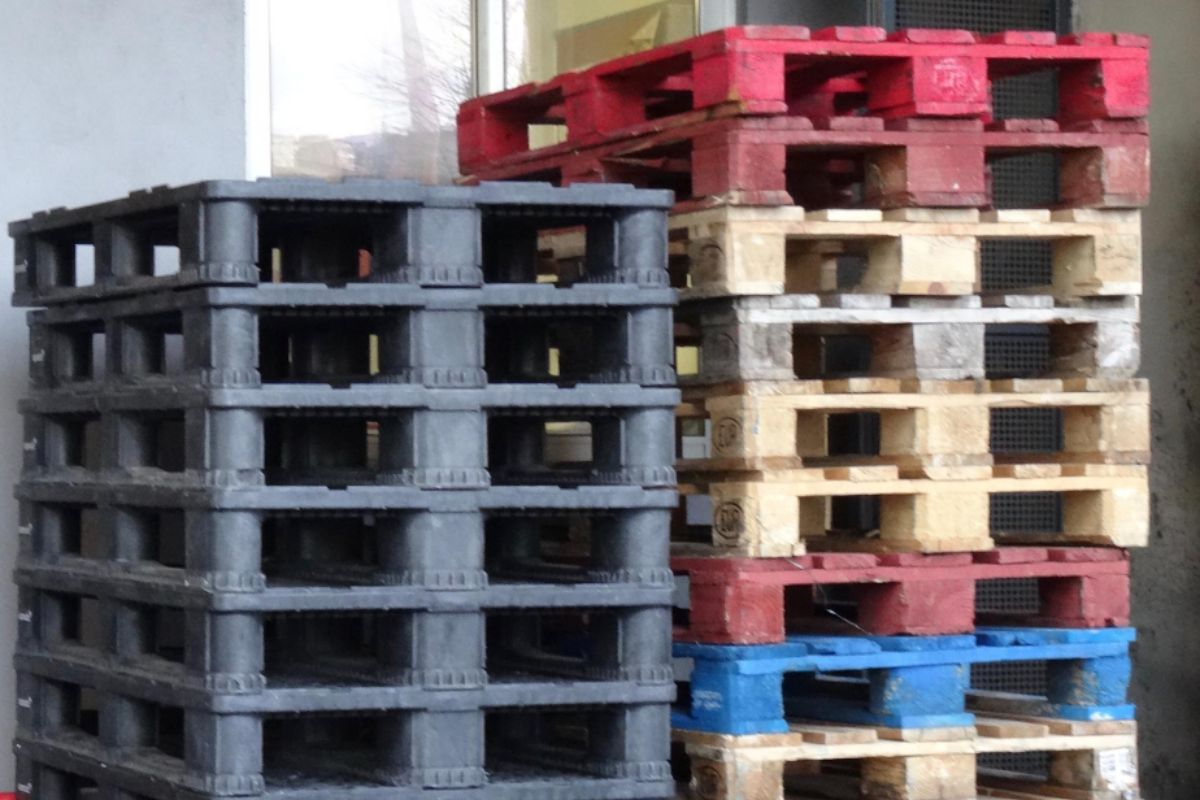How do you create custom plastic parts?
- Propose a design
- Pick a resin
- Choose the manufacturing process
- Create a prototype
- List your part specifications
- Manufacture the custom part
If you’re new to the business of creating plastic products, you may be wondering how to create custom plastic parts.
Manufacturing custom plastic parts for any application is a lengthy step-by-step process. There is a certain sequence of events that needs to be followed to properly design and produce your custom plastic parts. There are also plenty of factors, techniques, and trends to consider in the world of plastics.
Want to learn more? This article walks you through the key steps in creating custom plastic parts, and some of the key challenges you’ll encounter during the process. Read on!
Propose a Design
If you’re interested in making custom parts, you’ll likely already have a design idea in your head. If so, start your design process by making a sketch. Make sure all the important parts of your idea are visible and detailed.
If you’re unable to adequately sketch your idea, you can also have someone else draw it for you. Note that the clearer and more detailed the sketch is, the better.
Once you have a sketch, you can have an engineer create a 3D model of your proposed custom part using a 3D software program. At this point, there will be a lot of trial and error as you notice flaws in your design.
At this stage, you should consult with someone well-versed in plastic part engineering. They will be able to determine if your design is fit for manufacturing and if it will fulfill the intended function. Feedback will help you improve your design further.
Pick a Resin
Once the design has been finalized and a 3D model is created, it is time to pick a suitable resin for the custom part. All plastic resins have different chemical and mechanical properties: hardness, flexibility, durability, heat resistance, and more. These will vary depending on the resin you choose.
Additionally, resins will also vary in their availability and costs. One resin might seem perfect for your part, but will be hard to source and use in manufacturing. It is important to carefully balance the costs versus the functionality of the resin you use for your plastic parts.
Choose the Manufacturing Process
There are several processes you can use to make plastic parts such as compression molding, polymer casting, vacuum forming, and many more. But when it comes to custom parts, plastic injection molding is the preferred method.
Plastic injection molding is favored for custom designs as it balances costs and functionality well. Though initial setup and tooling can be costly, cycle times are much quicker, able to create millions of custom-designed plastic parts — produced at a fraction of the cost of all other manufacturing processes.
It is also generally more consistent in close tolerances and wall thickness than other processes. As a result, injection molding can achieve high-quality parts even with complex geometries. This gives you enough flexibility to produce the kinds of custom products you’re thinking of.
Create a Prototype
Developing prototypes before you start manufacturing your part is not always necessary — but it is highly recommended. Making prototypes that resemble your current product design will allow you to see how the part functions in reality. You can then identify any flaws that should be addressed before manufacturing.
There are different prototyping methods you can use — such as 3D printing or injection molding. Always check with your manufacturer on what options are available for you.
Once you have a prototype and an idea of how your product will work, you can identify what manufacturing adjustments need to be made. Your budget will also play a critical role here. Do you need better material? Can you add cosmetic features? Should you manufacture your part in different colors? With every decision you make, you may have to spend more on materials and tooling.
This step can take some time to complete. Allot extra time to ensure you’re able to thoroughly check your product and address any arising issues before making it in bulk
List Your Part Specification
While it might be tempting to include all of your desires for your product here, this is where you need to be practical. The more you want to do with your product, the more costs you’ll rack up. For example, you might need extra parts manually inserted, or more complex molds that have to be created. These will increase production costs.
The main things you should include in the part specification are the plastic resin, thickness, color, durability, resistances, porousness, and number of units. These specifications depend on your end product and end-user.
For example, if you’re making a new toy for kids, you’ll want to make sure it’s durable and has no small detachable parts — this ensures it’s safe for use for the end-users
Manufacture the Custom Part
Now, it’s time to make the actual custom parts. Making the product will depend on your or your partner’s manufacturing capabilities. At this point, you have to finalize whether you stick to in-house production, or outsource it.
Consider if your team has enough equipment, manpower, and expertise to accommodate your plastic product. If not, look for a plastic injection molding company that can complete your work.
Some companies solely manufacture custom plastic parts. Other companies can offer design, finish assembly, packaging, and shipping services on top of manufacturing.
Quality control is also important here. Just because you tested with prototypes and hired a trusted manufacturer doesn’t mean that your product will succeed. Always keep an eye on manufacturing and communicate with your supplier to ensure your product is made according to specifications
Tips for Manufacturing Custom Plastic Part
The entire process is tedious, but here are a few additional tips that can make your manufacturing more efficient:
- Choose the right people — Your team and partners make all the difference. Choosing the right engineers and manufacturers will streamline the whole process and ensure your product is designed and produced well.
- Be realistic — Don’t overextend yourself. Accept when certain features are not possible for your custom part, and consult those with expertise on your design.
- Be flexible — The more flexible you are, the less time you’ll spend on revising your product. Be ready to make adjustments and concede to your engineers and manufacturers.
Key Takeaway
Knowing how to make custom plastic parts can help you successfully enter the world of plastic part manufacturing. While the process may be complex and extensive, there are many possibilities in creating a custom plastic part.
If you need assistance in managing all these steps for your project, our team at Richfields can help! With a reliable and reputed team like ours, your custom parts can be created with high accuracy and precision. Contact us today for more details!
